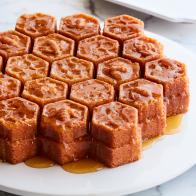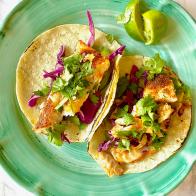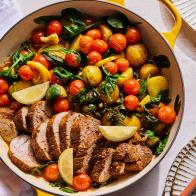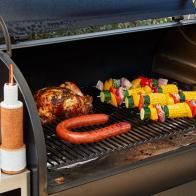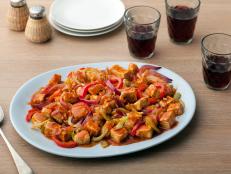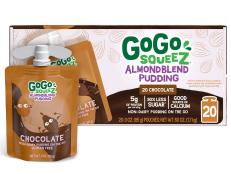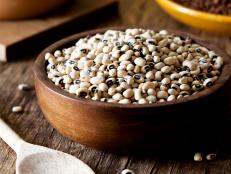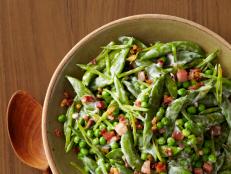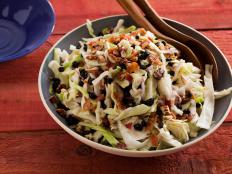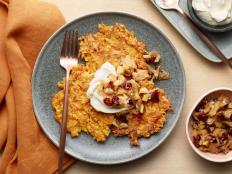Legume to Love: Peas
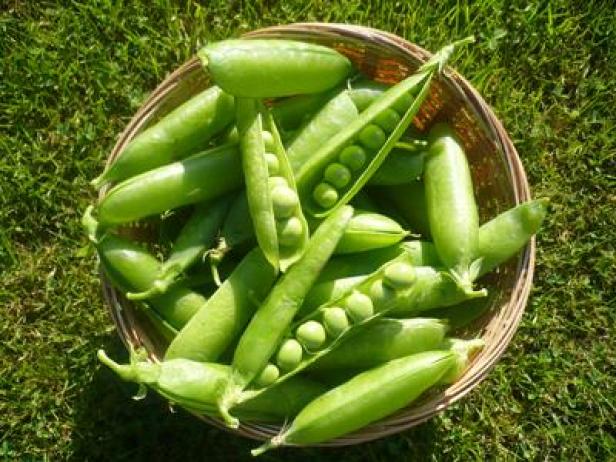
We told you why you should love beans — the next legume: peas. Like beans, dry peas are an inexpensive, nutrient powerhouse. The popularity of the pea is nothing new, but we've got healthy updates on some old favorites like split pea soup -- plus, new ways to try them.
Peas supposedly originated in northwest Asia and then sailed the ocean blue to America with Christopher Columbus. Even Thomas Jefferson realized the pea's amazing potential — he grew 30 different kinds in his garden. Peas dry naturally in the summer sun and commonly “split” during processing, which speeds up cooking time.
Most folks are familiar with green peas, but have you seen the less common yellow ones at the store? Both come whole or split and range in size from small to medium. Pigeon, Black-eyed, and Field peas are other varieties.
I found conflicting information about which type of peas actually belong to the legume family. Some sources said all peas (including fresh and frozen green peas) are legumes, while other sources categorized only dried peas as legumes and classified fresh peas as vegetables.
Rarely does something so little do so much. A quarter-cup of cooked peas contains 130 calories, 10 grams of fiber and 8 grams of protein. They’re naturally free of sodium, sugar, cholesterol and saturated fat. Peas are a good source of heart-healthy nutrients, including potassium and folate, and contain some iron and zinc.
The USDA’s My Pyramid says you can count dried peas in the “meat and bean” group or as part of the veggie group. Peas are a good protein alternative for vegetarians, but they're a sensible choice for anyone who’s trying to cut out cholesterol — try them as a protein source for Meatless Mondays!
You can find peas at your local market bagged, canned or frozen. Make sure you soak dried peas before cooking; split and black-eyed peas, on the other hand, don’t need it. To cook, use 2 cups of water per cup of peas. Bring water to a boil and cook for about 40 minutes or until peas reach desired tenderness, then drain. Each cup of dried peas will yield 2 cups of cooked ones, so use a large pot.
Good old Southern-style cooking pairs up peas with bacon, ham or sausage. Just be mindful of how much fatty meat you add and, whenever possible, use lighter versions like turkey bacon. Split pea soup is also traditionally prepared with pork -- though in my house it’s just as yummy made the vegetarian way.
Dried (cooked) peas make a great cold salad topper. When warm, throw them into soups or cooked veggies such as spinach. My son loves the bean and pea soup that I whip up about once a month (little does he know how nutritious it is!). You can also add peas to pasta dishes, casseroles and rice dishes or, if you're feeling a little adventurous, mash them up and form them into split pea burgers .
Storage Tip: Store your dried legumes in a cool, dry place. Keep them in an airtight container for a longer shelf life — up to a year. As legumes age, they take longer to cook and require more liquid.
- Black-Eyed Pea and Spinach Salad
- Split Pea Burgers
- Split Pea Soup
-
Recipes to try:
